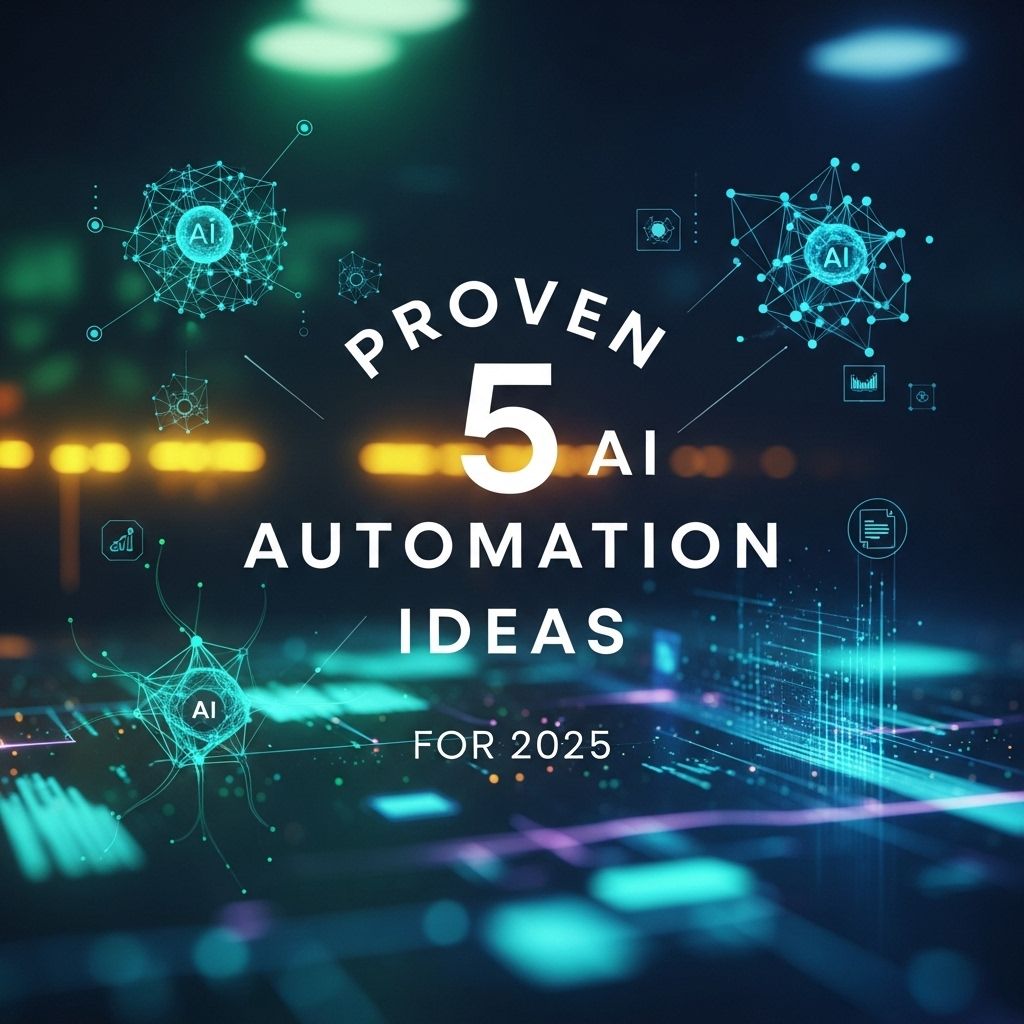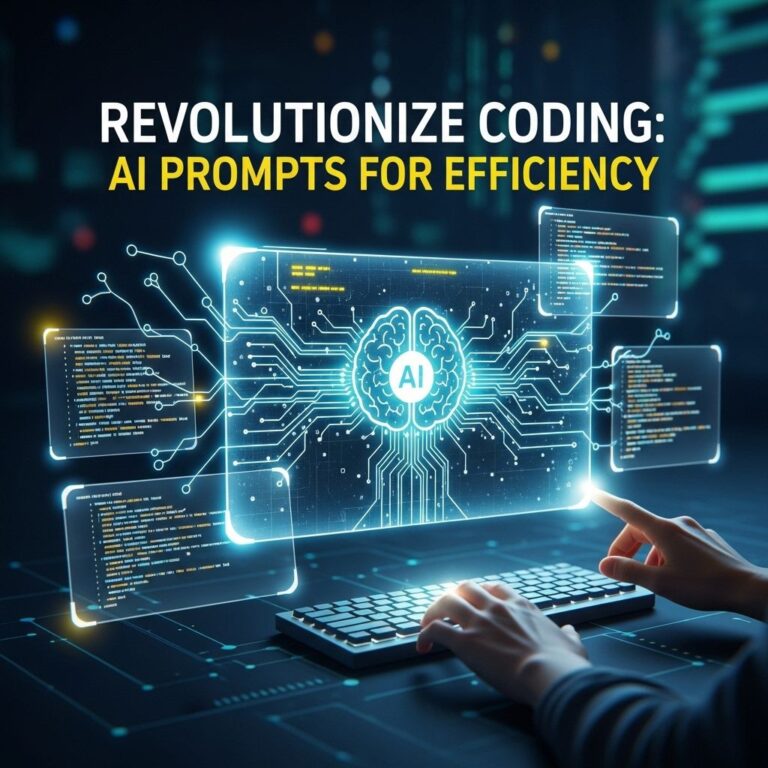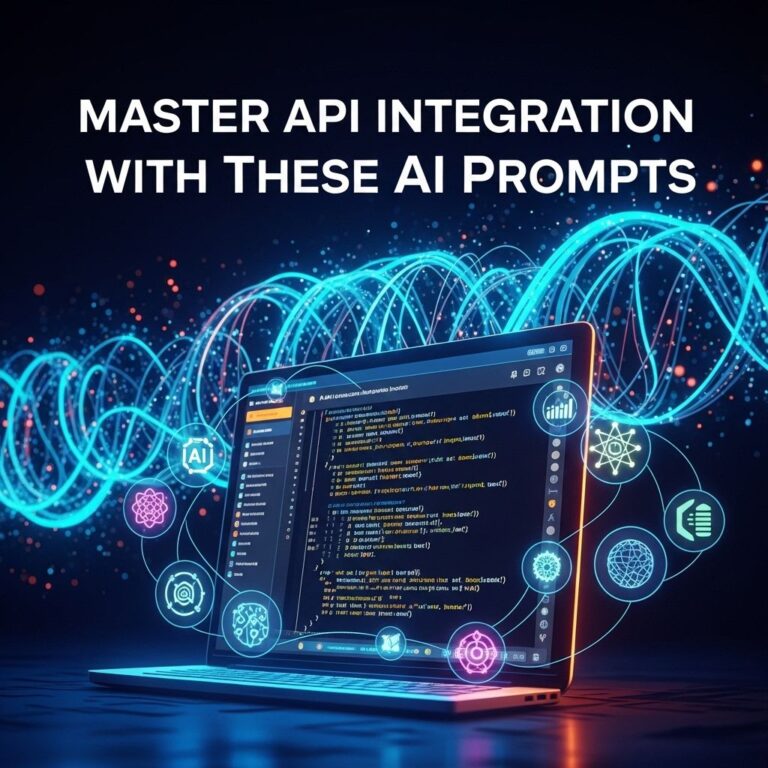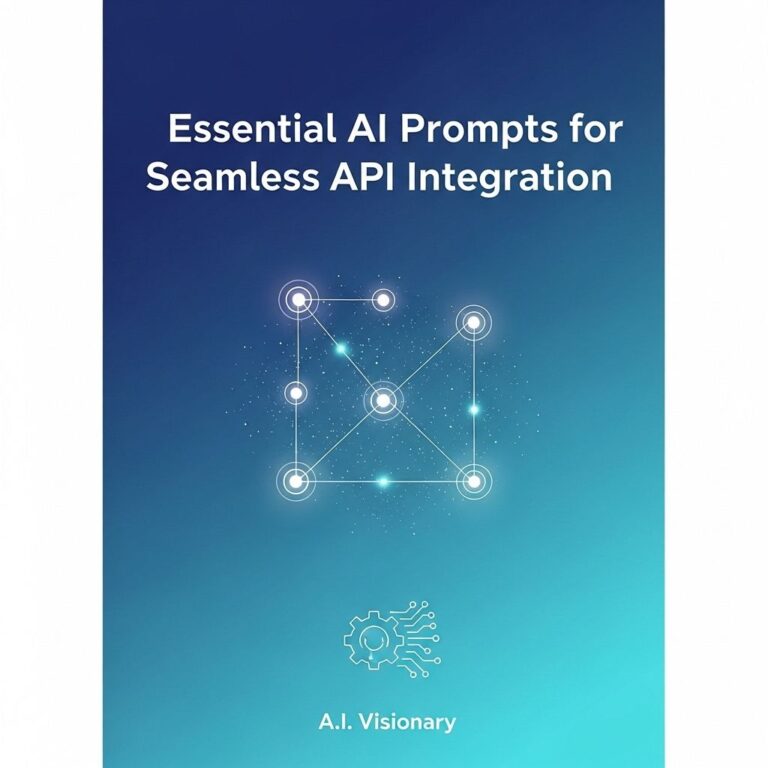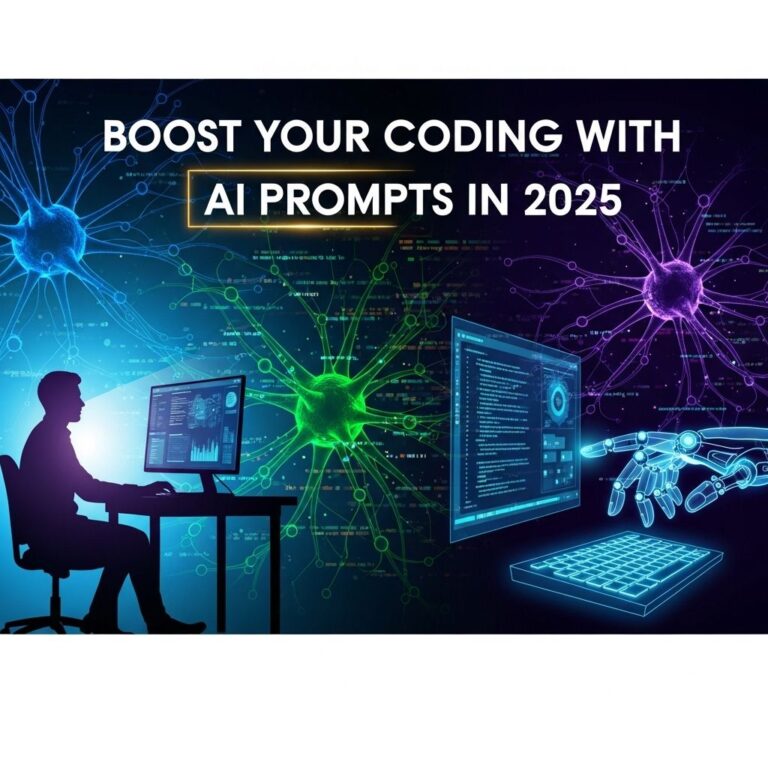As we move further into the 21st century, the landscape of technology continues to evolve at a remarkable pace. Among the most significant advancements is the rise of artificial intelligence (AI) and automation, which are poised to transform various sectors. By 2025, businesses and individuals alike can harness these innovations to enhance efficiency, productivity, and creativity. In this article, we will explore five proven AI automation ideas that are set to shape the future and how they can be effectively implemented.
Table of Contents
1. Automated Customer Support Systems
AI-driven customer support is revolutionizing the way businesses interact with their clients. Instead of relying on traditional support methods, companies can use automated systems that leverage natural language processing (NLP) to provide instant assistance. Here’s how to implement an automated customer support system:
Benefits of Automated Customer Support:
- 24/7 availability: Provide customer support around the clock.
- Faster response times: Reduce wait times for customers.
- Cost-effective: Decrease operational costs by minimizing human resources.
To implement this system, businesses should:
- Identify common customer queries and issues.
- Choose an AI platform that offers NLP capabilities.
- Design a conversational flow for the automated responses.
- Continuously train the AI to improve its responses based on new data.
2. AI-Powered Marketing Automation
In the digital landscape, marketing automation is essential for businesses to reach their target audiences effectively. By 2025, leveraging AI can significantly enhance marketing strategies through personalized outreach and data-driven decision-making.
Key Features of AI-Powered Marketing Automation:
| Feature | Description |
|---|---|
| Predictive Analytics | Analyze customer behavior to forecast future actions. |
| Personalization | Create tailored marketing campaigns based on user preferences. |
| Content Optimization | Automatically adjust content based on engagement metrics. |
To integrate AI into marketing automation:
- Gather data on customer interactions across multiple channels.
- Utilize AI tools that offer predictive analytics and personalization features.
- Test and iterate marketing campaigns based on AI insights.
3. Intelligent Supply Chain Management
The supply chain is the backbone of many industries, and AI can optimize this process in unprecedented ways. By automating various aspects of supply chain management, businesses can reduce costs, improve efficiency, and adapt to market changes rapidly.
Advantages of AI in Supply Chain Management:
- Enhanced forecasting accuracy: Predict demand fluctuations more reliably.
- Real-time inventory management: Keep track of stock levels and automate reordering.
- Risk mitigation: Identify potential supply chain disruptions proactively.
Steps to implement AI in supply chain management include:
- Analyze existing supply chain processes to identify bottlenecks.
- Choose AI tools that focus on forecasting and inventory management.
- Integrate these tools with current systems for seamless operation.
4. Enhanced Data Analysis and Reporting
In an era where data drives decisions, automated data analysis is crucial for organizations. AI can process vast amounts of data in real-time, enabling businesses to derive insights and make informed decisions faster than ever before.
Benefits of AI in Data Analysis:
- Automated data processing: Reduce the time spent on manual data entry and analysis.
- Advanced insights generation: Use machine learning algorithms to uncover patterns.
- Dynamic reporting: Generate reports that adapt to user needs in real-time.
To leverage AI for data analysis:
- Assess the types of data and insights that are most valuable to your organization.
- Select AI-driven data analysis tools that fit your needs.
- Ensure your team is trained to interpret and act on the generated insights.
5. Smart Workplace Automation
As remote work and flexible schedules become more common, smart workplace automation is essential for enhancing employee productivity. AI can streamline administrative tasks, manage schedules, and foster collaboration.
Components of Smart Workplace Automation:
- Task management tools: Automate the assignment and tracking of tasks.
- Meeting scheduling: Use AI to coordinate and schedule meetings efficiently.
- Employee engagement: Integrate AI chatbots for internal communication and support.
To implement smart workplace automation:
- Identify repetitive tasks that consume employee time.
- Choose automation tools that are user-friendly and compatible with existing systems.
- Encourage team feedback to ensure the tools meet their needs.
Conclusion
The integration of AI and automation into various sectors is not merely a trend; it is a necessary evolution to keep pace with changing demands. By adopting these five automation ideas before 2025, businesses can stay ahead of the competition and realize significant improvements in efficiency, productivity, and customer satisfaction. Embracing these innovations will empower organizations to focus on what truly matters: growth, creativity, and innovation. The future is here, and it is time to harness the potential of AI.
FAQ
What are some proven AI automation ideas for 2025?
In 2025, businesses can leverage AI automation in areas such as customer service chatbots, predictive maintenance in manufacturing, automated content generation for marketing, intelligent supply chain management, and personalized learning experiences in education.
How can AI chatbots improve customer service in 2025?
AI chatbots can enhance customer service by providing 24/7 support, quickly answering frequently asked questions, and efficiently routing complex queries to human agents, thereby improving customer satisfaction and reducing response times.
What role will predictive maintenance play in industries by 2025?
Predictive maintenance will utilize AI to analyze data from machinery and predict failures before they occur, reducing downtime, lowering maintenance costs, and increasing operational efficiency in industries such as manufacturing and transportation.
How can businesses benefit from automated content generation in 2025?
Automated content generation can help businesses create high-quality marketing materials, blog posts, and social media content at scale, saving time and resources while ensuring consistent messaging aligned with audience interests.
What is intelligent supply chain management, and why is it important for 2025?
Intelligent supply chain management integrates AI to optimize inventory levels, forecast demand accurately, and enhance logistics, enabling businesses to respond swiftly to market changes and reduce operational costs.
In what ways can AI personalize learning experiences in education by 2025?
AI can personalize learning by analyzing student performance data, adapting curriculum to individual learning styles, and providing tailored resources and feedback, ultimately enhancing student engagement and outcomes.

